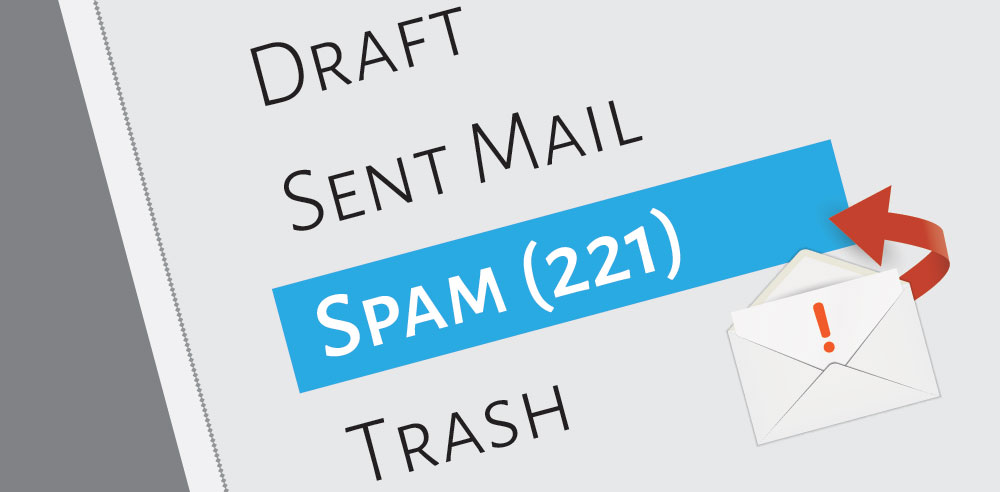How to Spot an Email Virus and Prevent a Hack

A few weeks ago, one of our clients happened upon an email that looked like one of their usual invoices. Being a very busy lady, she clicked the attached “invoice” without a second thought. It wasn’t until after a mass of windows started popping up on her screen that she noticed the email was from an unrecognized sender, and her computer had been infected with malware. Luckily, she quickly unplugged her computer from the network to stop the virus from spreading throughout the company, but that didn’t save her computer and files from being corrupted. A stressful week, a new computer (and a pretty penny) later, she managed to recover most of her files, but all of this could have been avoided if she’d known what to look for to spot an email virus.
With more and more business being conducted over the internet, it’s no surprise that hackers and other malicious web users are heavily targeting our email.
So, how do you spot an email virus?
And what do you do if you find spam in your inbox? First, let’s discuss what kind of emails are considered spam.
Spam is a form of unsolicited commercial advertising that is abused by the sender to collect financial data or other information and then turn around and make a profit from your misfortune. Our favorite web host company, HostGator, has a comprehensive guide on what to look for. Devious spammers can retrieve your information through a few different ways:
- An email with a link to a third party website (which will sometimes look like a trusted site) where they get you to fill out a form with your personal information.
- An email asking you to call a phone number, where a person will ask for your personal information.
- An email with what looks like a link or attachement, but once you click on it, a virus or malware downloads onto your computer where it will the wreak havoc on your hard drive.
Here’s an example of a spam message that Get Online NOLA recently received. Notice that the content of the email is meant to compel the recipient to act on their fear:

Something Looks Phishy
Our friends at Rent-A-Nerd say that bad spelling and grammar can be a good place to start when trying to spot an email virus. Large companies or corporations have editors who very rarely let a misspelling or grammatical error slip through the cracks. You can see in then sample email that there is almost zero punctuation.
Just be careful, because some scammers are getting good at making their emails look real. Take a look at the email below, which looks downright believable.

Embedded links are another easy indication to spot. Simply hover your cursor over the link (without clicking!) and see where the link will take you.

At the bottom of the example email, a simple hover of your mouse will reveal that the destination of the link is not related to any account you hold. By checking out links before clicking, you can avoid getting an email virus.
If you’re still truly unsure if the email claiming to be from PayPal, or another trusted source, is a true “final notification”, open a new web browser window and go to their website without clicking on any links in the email. If you login to your actual account and there are no important notifications, you’ll know the email was spam. Alternately, use your own resources to get the customer service phone number for the company and ask a representative if there are any alerts or suspicious activity on your account. You can also click on the “from” email to see if the email has come from PayPal’s servers (such as service@paypal.com) or if it’s come from a strange alternate email such as Horn.46286@ttnet.com.tr (this is an actual email we’re received spam from.)
You’ve Got Spam
Despite all of your best efforts to use your email only on trusted sites and opting out of third-party emails, it can still be sold to an illegal solicitor. When you receive spam, resist the urge to click “Unsubscribe” at the bottom of the page, as this could download some pretty nasty malware onto your computer. Instead, forward the email to the Federal Trade Commission (spam@uce.gov), then delete it promptly and tell your friends to be on the lookout.
It’s always a good practice to switch up your user account passwords to maintain your privacy or after a possible attack. Check out our post on password tips so you can prevent a hack and keep the web a safer place.
Do you have a good resource for detecting spam? Share below in the comments section.
